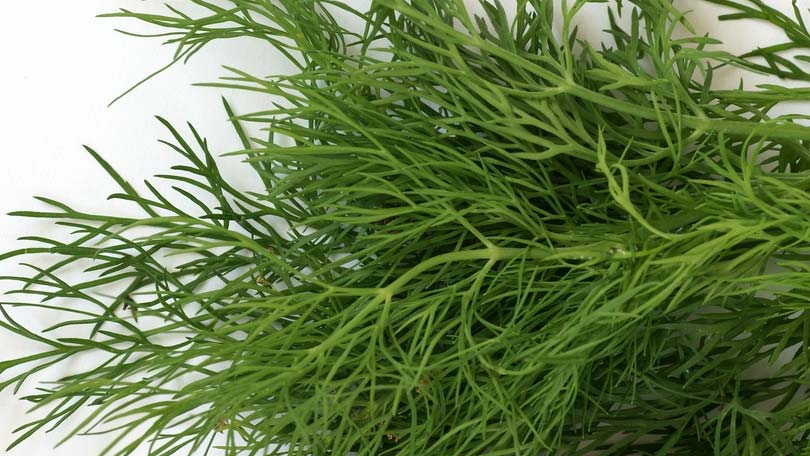
You haven’t completely mastered the culinary art until you have used fresh dill to add a unique flavor to your dishes. Dill is a well-known herb for pickling cucumbers and beets, but is also has the ability to add an original flavor to meat marinade, fish, chicken, salads, vegetables, soups, salad dressings, and home-made bread. Once you experience the zest that dill can add to your food, you are sure to get interested in growing dill.
Traits and Uses of Dill
Dill is an annual herb that is pleasing to the eye as it looks a lot like a delicate fern, but it easier to grow and not nearly as temperamental. Dill leaves can be used fresh or dried. The leaves are often called “dill weed”. Dill seeds can also be used as spices and they have a potent flavor that is perfect for stews and breads, as well as for pickling. The leaves are ready to be used in spring and summer with fall being the season for the seeds.
Of course, being an herb, dill has many uses including home remedies for all sorts of things like remedies for colic, increasing breast milk and relieving gas and heartburn. It can even be used to eliminate bad breath and is sometimes used as a mild sedative. Among the ancient uses, it has even been named as a remedy for impotence, and burnt dill seeds were used to treat wounds. The essential oil that can be extracted from dill is sometimes used as a perfume in cosmetics, as well as for food flavoring.
Three Places to Grow Dill
Because of its ornamental values, growing dill in containers inside is a preference among many. It also adds a lovely background in a flower garden. It is perfect for growing in these manners due to the fact that it flourishes in potting soil. The ability of dill to attract beneficial garden insects, like bees, tachinid flies and parasitic wasps, makes it an invaluable asset in a vegetable garden or orchard. Of course bees are needed in a garden or orchard to pollinate your plants, trees and flowers. Tachinid flies and parasitic wasps are predators that help to control caterpillars, beetles, whiteflies, moths, and fly larvae, to name a few. So growing dill is not only for ornamental, culinary and medicinal purposes, it is actually beneficial in many ways.
How to Grow Dill
Dill usually grows to be two to three feet high. The plant grows perfectly in potting soil, but it doesn’t do very well if transplanted. So if you are going to grow it in the garden instead of in containers, it is best to plant the seeds directly in the garden. Dill requires lots of sunlight, so pick a place that gets sunlight for most of the day.
The best time to plant dill seeds is about a week before the last spring frost. To have dill leaves throughout the season, you may choose to sow seeds more than once throughout the summer. It is a fast growing plant that takes about one to two weeks after planting the seeds for the plants to emerge. In about two to four more weeks after the plant emerges, it will be ready to be start harvesting.
In the garden, the seeds should be sown about a quarter of an inch deep in rows about one and a half to two feet apart. When planting them in containers, make sure that your container is big enough, about ten inches deep. The container should also have holes for drainage since the soil need to be well-drained. The seeds need to be sown in a container filled with potting soil about a quarter of an inch deep. After your seeds are sown, be sure to water them well. Keep the plants in sunlight and water them enough to keep the soil moist, but not drowned.
Harvesting dill is easy. You just pinch off the leaves to use them. They can be used fresh or you can dry them. The seed heads can be dried as well. Dried dill should be stored in a jar that is airtight. Keeping them in the freezer in freezer-proof containers will help to retain their flavor.
Growing dill is easy and there are so many uses for dill weed and dill seeds. They are ornamental and beneficial plants to have in the house, the flower garden, the vegetable garden, and in orchards. Dill is a hardy herb to grow with popularity around the world.
